061416_YKMV_A2.pdf







June 14, 2016 • Page 2
shop online at www.missourivalleyshopper.com
Dave Says
Invest In Chandler
By Dave Ramsey
Dear Dave,
I’m 19 years old, and I’m putting
myself through college debt-free. I usually
work part time during the semesters, but
right now I’m working full time. I have
about $2,000 in mutual funds, and I was
wondering if I should add my full-time
work income to that or save it all to help
pay for school.
—Chandler
Dear Chandler,
Wow! Great job, man! I appreciate that
you’re looking toward the future with
your investment, but right now I want you
to invest in you. I want you to make sure,
first and foremost, that you graduate college debt-free. So, if I’m in your shoes, I’m
piling up the cash to pay for school.
You’re in a season of your life where
things are more hectic than you probably
ever dreamed they could be. My advice is
to keep that money liquid. Keep it available and on hand, and don’t tie it up in
mutual funds at the moment. You’ll have
plenty of time to continue investing once
you graduate.
It’s best for you to concentrate on
finishing school, then landing a job and
finding a place to live after college. Even if
you end up living in the same place for a
while, starting life in the real world takes
money, so let’s make sure you can make
Dave
that happen. In other
words, Chandler,
as long as you do
something with your
education and that
education is in an
area that’s useable,
you are a better investment than mutual
funds right now!
—Dave
RAMSEY
A free ride?
Dear Dave,
My son is going off
to college soon, but he’s never had a job.
His uncle has offered him a really nice,
low mileage used car for $3,000. My husband doesn’t want us to give him money
for the car, but I think this deal is just too
good to pass up. What do you think?
—Tonya
Dear Tonya,
Unless there’s some sort of disability
that’s prevented your son from working
part time over the last few years, I’ve got
to agree with your husband on this. Your
son needs a car, but he also needs to
get off his butt and work for it. If you get
this car for him, you’re just teaching him
that mommy and uncle will take care of
everything. That’s not a good lesson for
any child to learn, and it’s an especially
bad thing for a teenager.
When you and your husband first
started out in life, I’m guessing you didn’t
start out rich. Am I right? It’s not really
the car deal that’s the problem here; it’s
the lesson that will be learned. At his age,
it’s silly for him not to want to work for
a car, and you and your husband need
to be up in his face about that. Then, if
he chooses not to work for a car, he can
walk. He shouldn’t be rewarded for showing no desire to go earn things and make
stuff happen.
When my son was around that age
and wanting a car, he was working his tail
off around my office packing boxes and
painting stairwells. That’s how you learn
about the benefits of hard work. If you
don’t teach your son how to work now,
he’ll be living with you when he’s 30 years
old and doing exactly what he’s doing
now — which is nothing.
This automobile deal is a bad deal,
because it doesn’t teach your son to work
for it.
—Dave
Dave Ramsey is America’s trusted
voice on money and business, and CEO of
Ramsey Solutions. He has authored seven
best-selling books. The Dave Ramsey Show
is heard by more than 11 million listeners
each week on more than 550 radio stations
and digital outlets. Follow Dave on Twitter
at @DaveRamsey and on the web at daveramsey.com.
Our day is filled with heat at this time of year. It commands
our attention and makes our work harder. As we toil, we
daydream not about love or success, but things as mundane
as shade and a cool drink.
But though the oppressive heat weighs on our brains and
taxes our bodies, it is the price we pay for being allowed to
spend time outdoors … and it has its one singular consolation: our summer evenings.
When the sun goes down in summer, it’s romantic enough
to hug a cactus.
The recipe is simple; keep the earth warm, but just bring
out the stars and a soft breeze that cools the skin. Mix this
with a fulmination of little night varmint sounds of peeping
and chirping and croaking. And guitars. Whether we play
them ourselves or just turn on the radio, it is a setting that is
perfect for guitars. Villalobos, Fernando Sor, Tarrega, Randy
Travis, Doc Watson, Steve Cormier.
We sit in brick-paved patios with something cool and
someone sweet and relax and talk about dreams, because on
evenings like this, anything is possible. On nights like this, it’s
difficult to decide whether remembering evenings like this in
the past is better than anticipating those to come. All we really know is that it sure is nice to be here right now.
Tonight I’m going to see if I can remember all the words
to “Little Joe the Wrangler” and find out if my guitar is still in
tune.
Best Implant Strategy in Stocker Cattle on Grass
BROOKINGS, S.D. - Choosing the best implant from
the wide array of available
products is key to cattle
producers maximizing their
input dollars without
any negative side effects,
explains Kenneth Olson,
Professor & SDSU Extension
Beef Specialist.
“Implants have been an
effective tool to economically improve rate of gain and
feed conversion in growing
cattle for decades. Because
implants are inexpensive,
this can create a return on
investment exceeding 20
to 1, depending of course
on cattle prices relative to
implant cost,” Olson said
of the hormones which are
expected to increase rate
of gain in yearling cattle on
grass by 10 to 20 percent.
The hormones contained in implants cause
an increase in the animal’s
growth hormone. They are
either naturally occurring
or synthetic analogs of steroidal hormones, including
estradiol, progesterone, and/
or testosterone.
“A variety of implant
products are available on the
market that contain these
active ingredients, either
individually or in various
combinations,” Olson said.
He explained that these
products also vary in the
daily dosage (concentration) as well as the effective
lifespan of active ingredients
(payout).
Choosing the Best Implant
Potency of the implant is
the first factor cattle producers should consider when
selecting the best implant
for their herd. “In general,
implants are grouped as low,
moderate, and high potency.
This is based on which combination of active ingredients
is used and their daily dosage,” Olson said.
Olson encouraged producers with stocker cattle
to only use implants that are
approved for grazing cattle.
“These are the low- and
moderate-potency implants.
The high-potency implants
are approved for use only in
confined feedlot cattle,” he
said.
A major reason for this
is that potency has to correspond with energy level
in the diet. High-potency
implants are intended for
use in cattle on high-energy
finishing diets in the feedlot.
“Grazed forage does not
have the energy content to
match these high-potency
products,” Olson said.
Side Effects & Management Considerations
The main negative side
effect attributed to implants
is their potential to reduce
marbling which would result
in a lower USDA Quality
Grade. “Research has clearly
shown that implants do not
reduce marbling if adequate
energy is being consumed to
allow intramuscular fat to be
deposited at the increased
pace of overall gain driven
by the implant,” Olson
explained.
Green grass from late
spring through mid-summer
Gift Certificates are
Leather Belts GREAT for Dad’s Day!
& inWallets
a
variety
of styles
Boston Shoes to Boots
312 W. 3rd • Yankton • 665-9092
provides adequate energy to
support marbling deposition
needed for the gain increase
expected from moderatepotency implants. “This
means that a low-potency
implant, although approved
for use in grazing cattle,
may not provide the best
bang for the buck during the
early portion of the grazing
season when forage quality
and cattle gains are expected
to be highest,” Olson said.
“However, as summer
advances and grass quality
decreases as it matures, energy intake may decline to a
point that does not support
the capacity of a moderatepotency implant.”
Consider implant life
span
This challenge can be addressed by considering the
lifespan of various implants.
“We often consider the
lifespan of the implant relative to the expected length
of the grazing season,” said
Olson.
He shared this example:
If the intent is to graze from
mid-May to early October
(about 135 days), many
implant products pay out in
100 days or less.
This leaves a producer
with three possible options
for the remainder of the
grazing season.
1. Gather cattle and re-implant. This may be the least
desirable option because
it involves the cost, time,
and effort to buy another
round of implants and then
gather and work the cattle.
“Additionally, as mentioned
above, this is a period of
declining gains in cattle, so
the expected response to
the re-implant will decline
in direct proportion and
the possibility of negative
impact on marbling exists
unless a low-dose implant is
used,” said Olson.
He added that yet anoth-
er reason this option is not
ideal is the fact that most of
the remaining life of this reimplant will last beyond the
grazing period.
“This is ineffective from
the grazing standpoint and
may interfere with subsequent feedlot implant goals,”
he said.
2. Use an extended-life
implant. Some of these can
have a life as long as 400
days. “This option ensures
active ingredient payout at
least as long as the grazing
season,” Olson said.
3. Leave the cattle
without implant coverage
late in the grazing period.
“This may be the best option because of declining
forage energy content and
the potential negative effect
on marbling fat deposition
during late summer and fall,”
Olson said.
Potential Economic
Advantage
Based on these options
for an implant strategy,
Olson said cattle producers
should consider the potential economic advantage of
implanting yearling stocker
cattle.
He shares this example:
Assume we start the grazing
season with some 600-pound
yearling steers intended to
graze for 130 days.
During the first 100 days
of the grazing season we
would expect 2.5 pounds
of average daily gain (ADG)
without implants.
We choose a moderatepotency implant that is
expected to improve ADG by
15 percent over about 100
days. The enhanced ADG will
be 2.88 pounds leading to
an additional 38 pounds of
growth.
Using the Beef Basis
Forecasting Tool, found at
www.beefbasis.com, Olson
said the projected sale value
in late September of this
additional gain will be $51.77
per steer.
If the implant costs $1.35
per head, the return on
investment is projected at
38:1 (assuming steers are implanted when being worked
before turnout to grass so
there are no additional costs
of implanting).
An alternative to implants
which Olson said cattle producers could consider would
be to enroll the cattle in a
Non-Hormone Treated Cattle
program that would provide
a price premium for leaving
them un-implanted.
“In this case, the NonHormone Treated Cattle
premium would have to be
greater than the $50 net
value from using implants,”
he said.
Other Considerations
Olson does reminds
cattle producers that proper
implanting procedures are
critical to ensure full effectiveness of the implant to
accomplish this economic
advantage.
The implant should be
inserted so it is midway
between the base and tip of
the ear, and midway between
the two main cartilage ribs
of the ear.
It should be inserted
under the skin (subcutaneous) and not buried in the
cartilage of the ear.
Additionally, the needle
on the implant gun should
be kept clean and sharp. The
needle should be sanitized
in a disinfecting solution
between using it in each
animal. Wiping the needle
across a sponge soaked in
the disinfectant solution can
effectively accomplish this.
If microbial contamination is inserted with the
implant, an infection can
occur that will cause an
abscess to form around the
implant, walling it off from
absorption into the animal’s
bloodstream. This will render the implant completely
ineffective.
Using an effective strategy and technique, implanting
yearling stocker cattle going
to grass can be an effective and nearly guaranteed
avenue to add value.
- See more at: http://
igrow.org/news/best-implantstrategy-in-stocker-cattleon-grass/#sthash.rbaN3dcx.
dpuf niGrow
HUGE Rummage Sale
We’d like to thank our customers and
friends for their loyalty and
support all these years.
Heart Whispers
of the Late Barb Schnider is
Going Out Of Business
50% Off on Saturday, June 18th
8AM-5PM
75% Off on Sunday, June 19th
10AM-4PM
44888 305th St., Volin (2 miles west of Volin)
Furniture, Trash to Treasure Items, Porcelain Stove
1920’s?, can be converted, Unique Crafts and
Collectibles, Vintage Clothing and MUCH, MUCH MORE!
Estate Sale Coming Soon!!
If you are a collector and love old things and making
them new, this is the place you want to be!!
New
Community
Development
Field
Specialist
BROOKINGS, S.D. - SDSU
Extension Community Development Team welcomes
Kristi Spitzer who will
serve as an SDSU Extension
Community Development
Specialist working from the
SDSU Extension Regional
Center in Aberdeen.
In this role Spitzer will
help build capacity in
individuals, businesses,
organizations, and communities by using the
best researched-based
resources.
“Kristi grew up on a
cattle ranch and has a
strong background in 4-H
and other community organizations. We are excited
for the experience and opportunities she will share
with South Dakotans,”
said Kenneth Sherin, SDSU
Extension Community Development Field Specialist.
More about Kristi
Spitzer
Growing up on a purebred cattle ranch by Wetonka. As a youth, Spitzer
was involved not only with
the local network of farmers/ranchers in the area but
also community events in
neighboring Leola.
She spent her entire professional career working on
the issue of the improving
behavioral health of youth
and families who live in
Northeastern and Northcentral South Dakota.
Prior to joining the SDSU
Extension team, Spitzer
spent time as a Counselor, High School Dean
of Students and worked
extensively in the area of
Community Mobilization
related to mental health
and substance abuse of
youth, young adults and
their families.
This work varied from
collaborating with representatives from various
human service agencies to
improve and fund services
for families; to working with
task forces and forming
coalitions on grassroots
efforts.
“I look forward to
working with communities
in Northeastern South Dakota as they become better
South Dakota Great Places,”
Spitzer said.
Spitzer and her husband, Glenn have two sons
and live in Leola, where she
also serves as a member of
the local school board.
Spitzer can be reached
by email or 605.626.2870.
- See more at: http://
igrow.org/news/newcommunity-developmentfield-specialist/#sthash.
sLoyzhlZ.dpuf niGrow
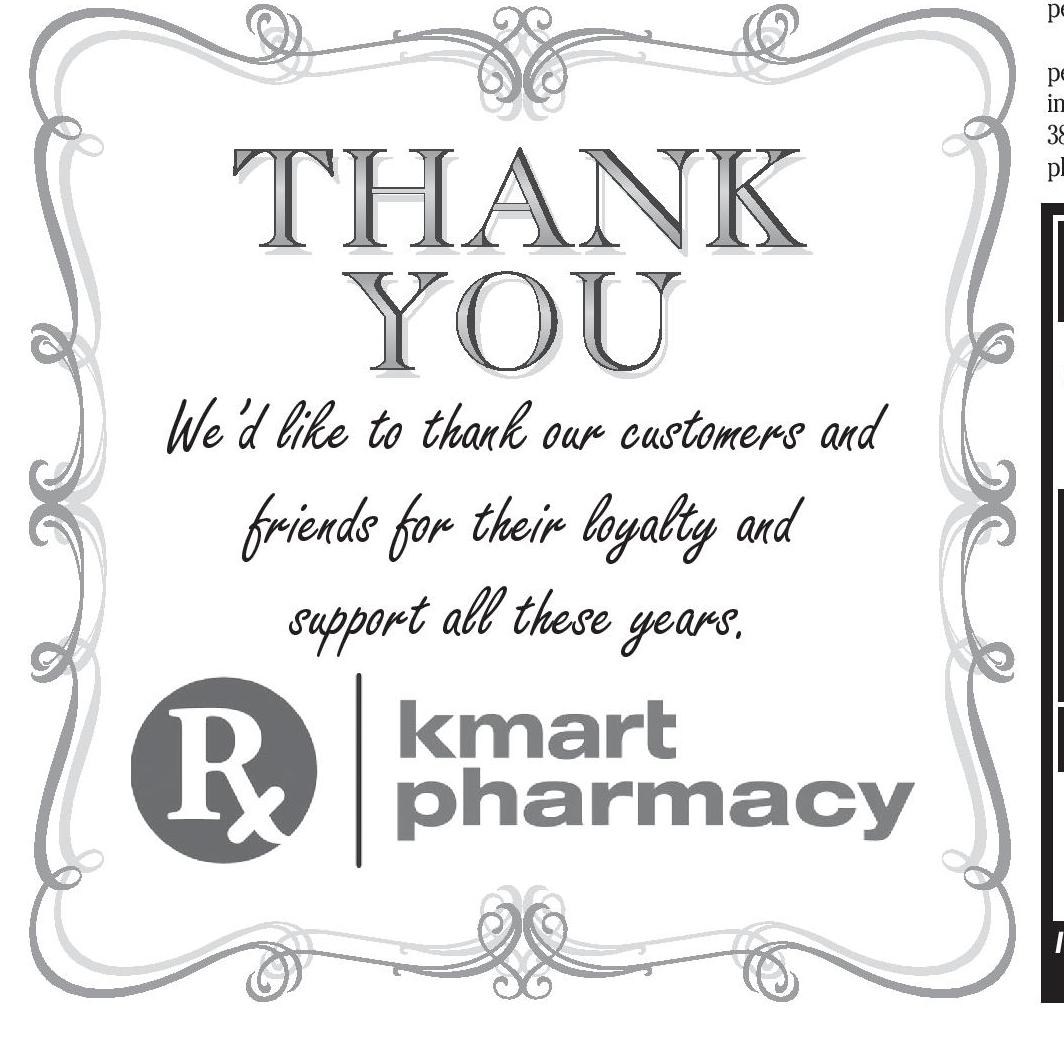




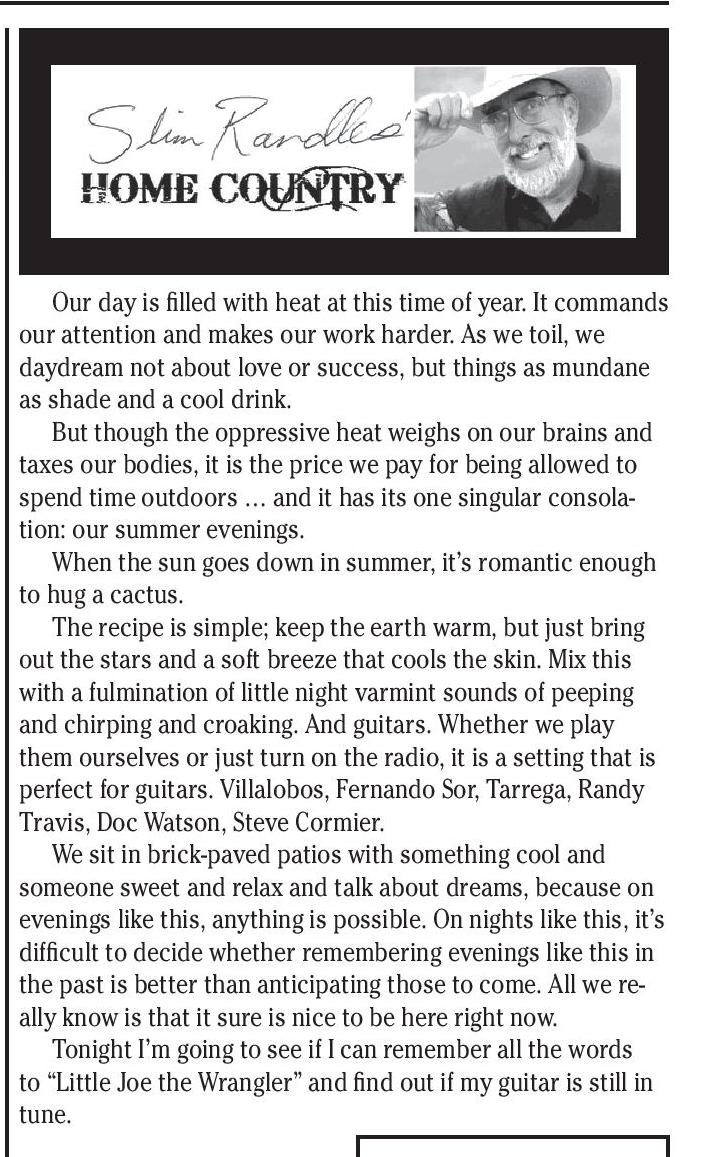
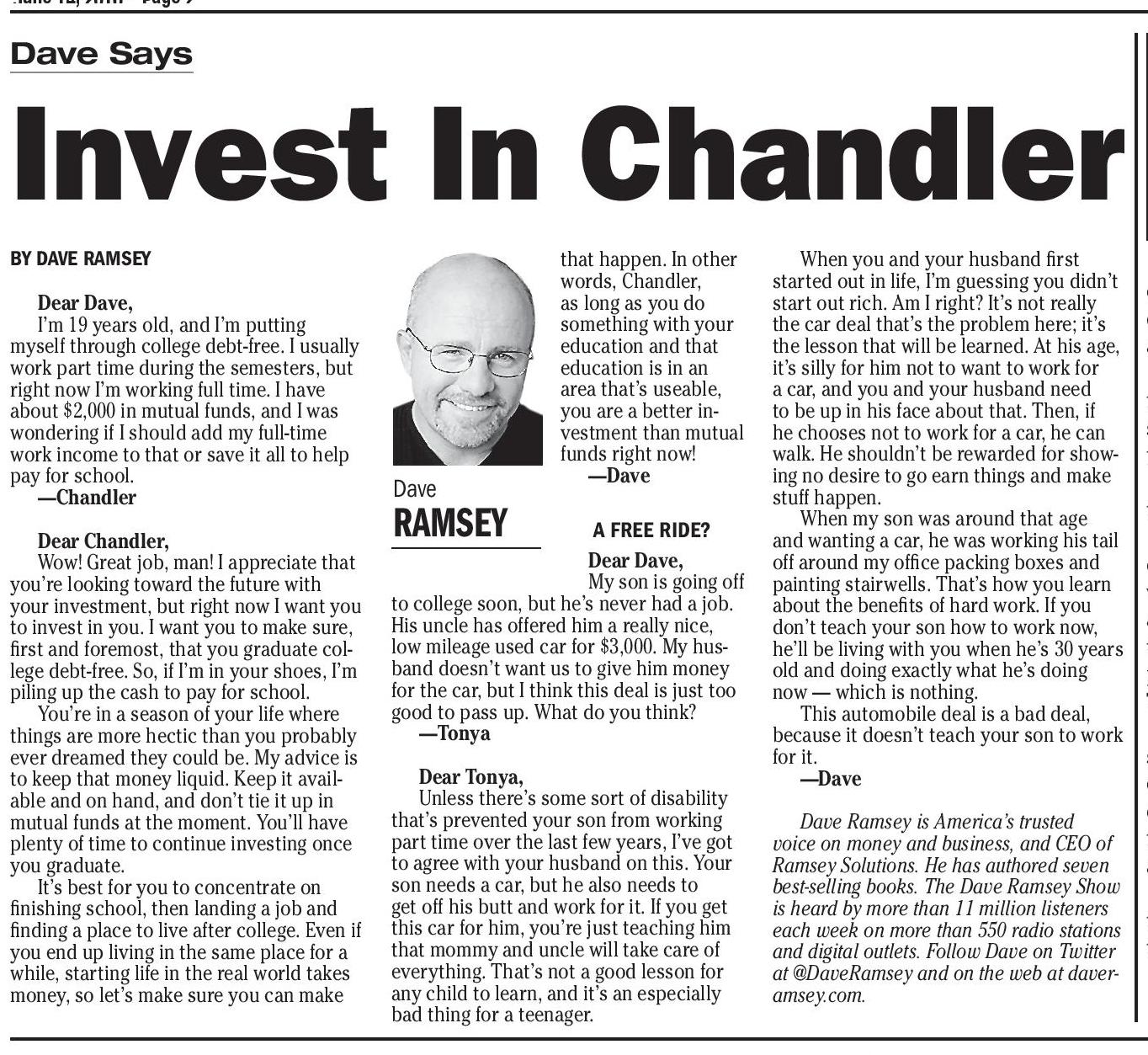


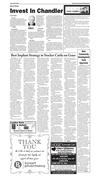
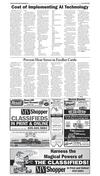





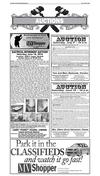
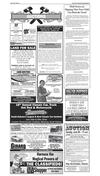

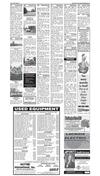


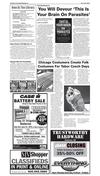

 Previous Page
Previous Page





